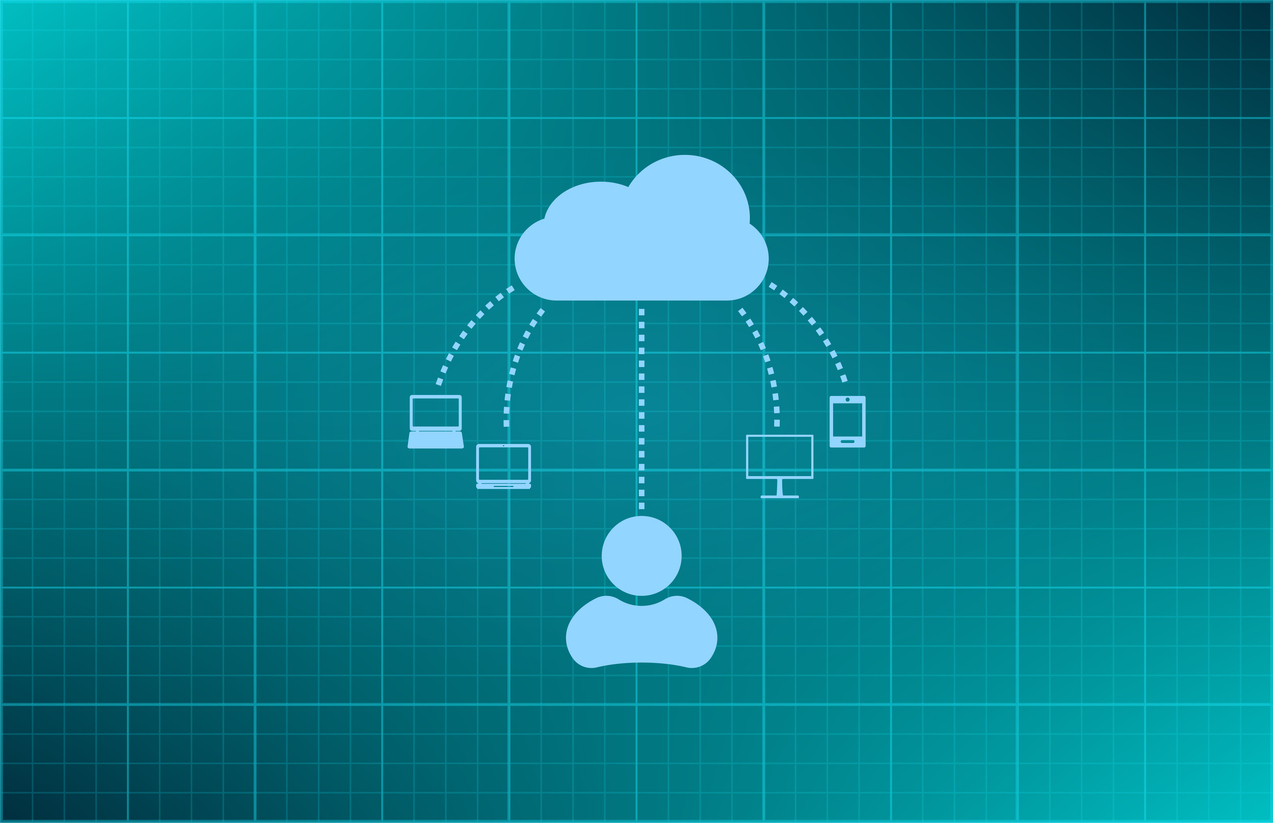What is XaaS? Your guide to the new service revolution
What is XaaS? This service revolution is transforming the way businesses operate. In fact, according to Fortune Business Insights, the XaaS market is projected to grow from $437 billion in 2021 to $2.4 trillion in 2029.
In the current Volatility Uncertainty Complexity Ambiguity (VUCA) environment, companies need innovative solutions to stay competitive. One such solution is XaaS (Everything – or Anything – as a Service), a model that allows businesses to access cutting-edge technology while controlling costs and maintaining scalability.
Do you know what XaaS is? This article explores XaaS by providing examples of its applications, listing its benefits and challenges, and addressing its future prospects.
What is XaaS?
The acronym XaaS stands for Everything – or Anything – as a Service and encompasses the various IT services available over the Cloud. Among many others, these include:
Software as a Service (SaaS)
Infrastructure as a Service (IaaS)
Desktop as a Service (DaaS)
Disaster Recovery as a Service (DRaaS)
Security as a Service (SECaaS)
Communication as a Service (CaaS).
While these individual solutions are very much a part of the conversation about XaaS, the umbrella term also refers specifically to the increasingly popular practice of combining several cloud solutions into a single package to achieve economies of scale. The shift toward cloud sourcing multiple IT resources from a single provider is currently one of the most important trends in digital transformation.
Historically, the existence of cloud-hosted and/or remotely managed IT solutions stemmed from the need to reduce the cost and complexity of owning, maintaining, and updating local assets. Salesforce and Microsoft were among the pioneers of the SaaS model, offering Customer Relationship Management (CRM) platforms, productivity suites, and collaboration tools on a subscription (pay-as-you-go) basis, although these solutions are not always hosted in the cloud in the case of remotely managed local installations (e.g. Office 365). Remote third-party providers offer companies the opportunity to focus on their core business without missing out on the advantages of advanced technology.

What is XaaS: examples and categories
Generally, companies are increasingly leveraging XaaS solutions in diverse applications to benefit from scalable and continuously maintained hardware, software, and networking assets. Now that you know what XaaS is, it is time to delve into how this might apply to different business sectors and industries:
Healthcare: one application of DaaS is proving useful in healthcare, allowing providers to deliver virtual desktop environments to their employees so they may access applications and data from any device, anywhere in the world. For instance, clinicians gain secure access to patient records and medical imaging, improving collaboration and patient care.
Product development: in this area, Platforms as a Service (PaaS) like Microsoft Azure or the Google Cloud Platform (GCP) provide comprehensive solutions. In the case of software development, this includes operating systems, virtual machines, software, frameworks, databases, and deployment tools, lessening requirements for their otherwise particularly complex infrastructure management. Containerization as a Service (CaaS) allows developers to package their applications into portable containers that can run on different environments. Application Programming Interface Management as a Service (API MaaS) simplifies the integration of applications with third-party services.
Utilities: telecommunications, electricity, water, and gas companies use the XaaS services of companies like Digital Route to process data and bill customers while ensuring compliance with constantly evolving regulations.
Video and music streaming: streaming entertainment providers such as Netflix and Spotify use the IaaS of, respectively, Amazon Web Services (AWS) and Google Cloud Platform (GCP) to host their content and deliver it to users worldwide. This model is essential to these companies’ dynamic scaling requirements in accommodating millions of users with hyperdynamic big data volumes without having to maintain their own hardware servers.
Sales and marketing: as an alternative to expensive marketing automation software and customer relationship management systems, sales teams can use SaaS solutions like Mailchimp for email marketing and HubSpot for CRM. Marketing analytics solutions (MaaS) offer offsite data crunching.
Finance and accounting: cloud-based accounting software like Xero offers features such as accounts payable/receivable management, payroll processing, and automated financial reporting, all accessible from anywhere with an internet connection, eliminating the need for expensive IT infrastructure. Larger companies can opt for Financial Management as a Service (FMaaS) solutions for their budgeting, forecasting, and risk management, with the ability to process data in real time and generate reports on-demand to inform their business decisions.
Human resources: HR departments can use Human Resources as a Service (HRaaS) solutions like BambooHR or Zenefits to automate tasks like onboarding paperwork, time tracking, and benefits management. For their part, employees can benefit from cloud-based training systems such as Cornerstone and many others.
Benefits of XaaS
If you are clear on what XaaS is, you may be wondering why companies are adopting it. In terms of value, XaaS is compelling for businesses of all sizes on a number of fronts:
Cost optimization for service users and greater earnings for service providers: through pay-as-you-go pricing for only the resources used, XaaS eliminates the need for large upfront IT investments. With respect to providers, a PwC report has highlighted that businesses offering services through XaaS “often outpace those with traditional industry models” and find “XaaS fueling 50% or more of their revenue.” For services providers and users alike, these gains and savings can then be invested in core areas of the business.
Scalability and agility: XaaS allows businesses to easily scale their IT resources as needed. This is particularly beneficial for businesses with fluctuating workloads or those experiencing rapid growth. A startup’s ability to deploy additional servers during a product launch without a cumbersome acquisition process can make a big difference. XaaS enables businesses to be more agile and responsive to market changes.
Improved security and reliability: XaaS providers invest heavily in security measures and disaster recovery protocols to ensure the availability and security of their services. In turn, their clients benefit with a greatly reduced risk of data breaches and downtime.
Simplified IT management: with XaaS, businesses can offload the burden of IT infrastructure maintenance and updates to the service provider. This frees up internal IT resources to focus on more strategic initiatives.
Enhanced innovation: XaaS can grant businesses access to the latest technologies without the need for significant investments, allowing them to experiment with new technologies and drive innovation.
- Improved user experience: XaaS solutions are typically accessible from anywhere with an internet connection.

Challenges of XaaS
But it’s not all smooth sailing and you must beware of the pitfalls: while XaaS offers clear benefits, there are some challenges to consider:
Vendor lock-in: a single XaaS provider might provide simplicity initially, but you may find it difficult and costly to switch to another provider in the future.
Security concerns: entrusting sensitive data to a third party requires extreme confidence in the provider's security measures and trustworthiness. This is especially true in light of increasingly protective legislation such as the European Union General Data Protection Regulation (GDPR).
Integration: it can be a challenge to integrate XaaS solutions with local systems.
Limited customization: in some circumstances, remote solutions may not offer the same level of customization as traditional in-house software.
Internet dependency: XaaS requires the Internet and a reliable connection to it. Even given the historic reliability of the Internet and adequate bandwidth, disruptions might take place.
The future of Xaas is bright
So, what is XaaS in short? XaaS represents a fundamental shift in how businesses consume and deliver services, offering unparalleled flexibility, scalability, and cost-effectiveness. As we have seen, the XaaS market is expected to continue its explosive growth. Growing trust in cloud computing, emerging technologies like artificial intelligence (AI) and the Internet of Things (IoT), and the demand for increased performance, simplicity, and reliability of IT solutions are all very strong drivers of the new paradigm. If providers continue to innovate and address existing challenges, the model will become even more established in the business landscape.
Do you want to develop professional skills that will help you access better job opportunities? Discover Santander Open Academy, the training space you need to keep growing.
Join our global platform for learning and professional development and access courses at zero cost, training content in a wide range of formats and scholarships from leading universities and institutions.
If, like us, you believe that we should never stop learning, sign up here and find out what we have for you!
Sources
PricewaterhouseCoopers. (n.d.). How Anything-as-a-Service (XAAS) can help reinvent business models and transform outcomes across industries. https://www.pwc.com/us/en/services/consulting/business-transformation/library/use-xaas-to-reinvent-business-models.html
- Smith, A. (2024, January 6). The Power of Cloud Computing: Fueling your business’s digital transformation. Medium. https://web-and-mobile-development.medium.com/the-power-of-cloud-computing-fueling-your-businesss-digital-transformation-fcc0cd56f055
Galer, S. (2024, January 11). Three market leaders on what it takes to become a Service-Based business. SAP News Center. https://news.sap.com/2023/07/three-market-leaders-service-based-xaas-business/
Business in the era of Everything-as-a-Service. (2022, December 19). The Business Times. https://www.businesstimes.com.sg/opinion-features/business-era-everything-service
Cloud Computing Terms | Microsoft Azure. (n.d.). https://azure.microsoft.com/en-us/resources/cloud-computing-dictionary/
- Banian, B. (2024, April 18). What are the key data challenges for XAAS business models? DigitalRoute. https://www.digitalroute.com/blog/what-are-the-key-data-challenges-for-xaas-business-models/
More posts to read...
-

-
 05/12/2024 | Santander Universidades
05/12/2024 | Santander UniversidadesSustainable marketing: what it is, principles, the 4 Ps, and its importance
Card text


